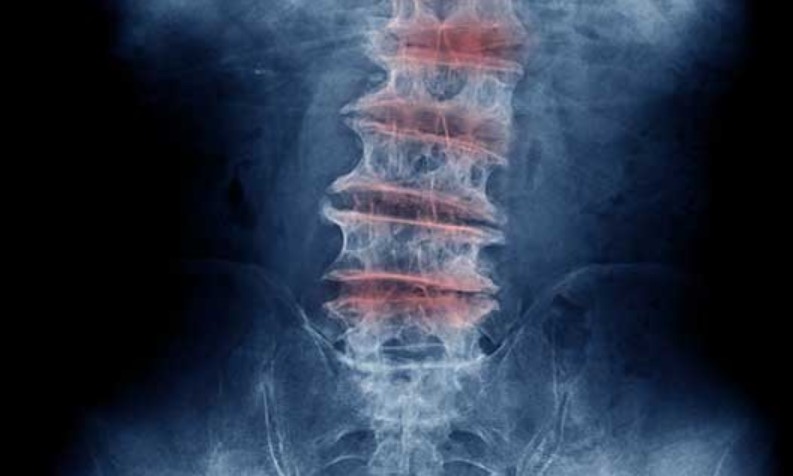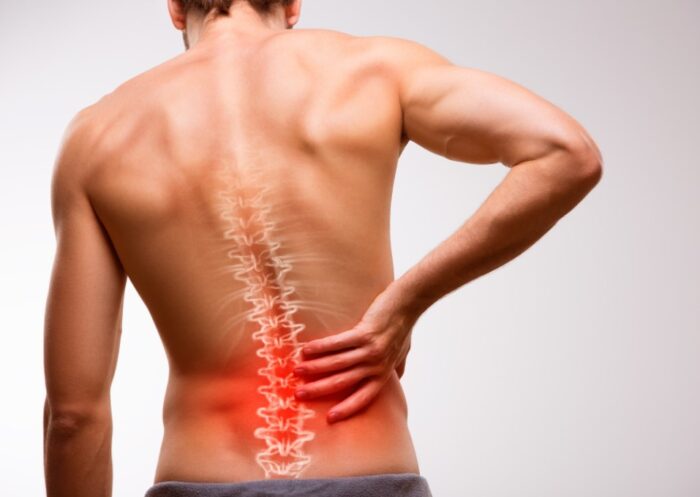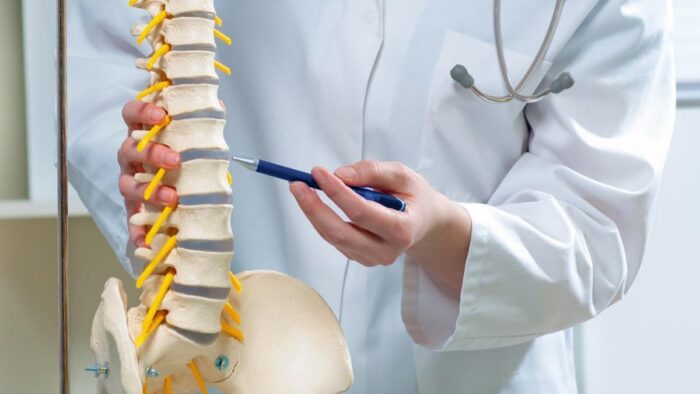
Have you ever heard about spinal stenosis? If you haven’t, that means that you’ve never experienced back problems. In fact, research shows that our spine, as the body’s main support structure, tremendously changes overtime – during our lives. As we’re getting older, the effects of our lifestyle begin to affect our health in many ways.
Depending on the amount of time we’re exercising, sitting, bending or standing, as well as many other factors, our spine is likely to develop certain conditions. There are even chances your spine is going to be damaged, which can result in many issues, but almost always – feeling pain. One of these conditions is spinal stenosis.
It’s been proven that this condition’s first symptoms usually appear later in life. However, you would be surprised to hear what percentage of people usually develop this, as well as other similar conditions. The percentage can go up to 90%! The majority of people with this issue are older than 50, although these spinal changes can occur even in people who are relatively young.
While lifestyle is one of the main causes, there are others such as genetic diseases and factors, and other spinal problems that may affect this one. It is usually painful, although the pain can vary from mild to severe and can disappear and reappear (happen from time to time).
If left untreated, it can progress to difficult stages, that can cause troubles walking, sitting, or in the worst case scenario – patients can even end up disabled. Unfortunately, this can even mean ending up in a wheelchair. But what can be done about it? What are the treatment options you have? When it comes to the treatment of spinal stenosis, it can be carried out both by conservative and surgical techniques.
The latter is resorted to in the presence of specific indications. You have several options, depending on the approach and the stage of the disease, as well as some other factors. Conservative methods are represented by therapy with medication, which allows specialists to eliminate inflammation and swelling in the affected area. Let’s look closely at the options for the treatment of spinal stenosis.
How is spinal stenosis treated?

Treatment tactics for spinal stenosis depend on its severity and the presence of secondary neurological disorders, the intensity of the pain syndrome, and the nature of the narrowing. The most common part of the spine that is usually being affected is the lower part, but it can happen in any part, and it’s an individual thing.
Treatment can be conservative and surgical. It is always advisable to start with the conservative one, which includes therapeutic exercises, physical therapy, as well as therapy with anti-inflammatory drugs. In most cases, a positive result can be achieved without surgery.
Surgical treatment should be resorted to only in the absence of the effect of non-surgical therapy. Therefore, it is extremely important to consider all the pros and cons, to conduct a thorough analysis of the results of clinical and instrumental (MRI, X-ray) examinations.
When it comes to conservative treatments for back pain, the most common are:
- Injections of nonsteroidal anti-inflammatory drugs
- Use of hormonal glucocorticoid drugs
Conservative treatment is, however, not effective enough in most cases, as it leads to improvement of only in 32-45 % of patients.
Surgical treatment, in turn, is considered if the integrity of the spinal canal is seriously compromised or if there is a risk of neurological complications. If this is the case, it is worth not delaying the treatment, because the changes may be irreversible.
There are several types of surgeries indicated for patients with spinal stenosis, which include decompressive laminectomy (resection of structures that cause the nerve root compression), and placement of stabilizing and fixation systems (if the spinal canal stenosis is accompanied by vertebral slippage or scoliosis).
Whichever surgery is being done, the main goal is to decompress the spine and help patients get back to their regular activities. It’s also important to mention the success rate of these surgical procedures.
According to research, a big percentage of surgeries end up successful, helping patients remove the symptoms. Around 80% of surgeries help relieve the pain and discomfort caused by this condition. The positive effects usually last for years, even decades, which is great news.
How does spinal stenosis affect health?

A healthy spinal canal has enough space for the spinal cord. The narrowing of the canal, which occurs with spinal stenosis, can be congenital or acquired. Some people have a narrow spinal canal from birth or have a curvature of the spine resulting in pressure on the nerves, soft tissue or ligaments.
No matter the origin of spinal stenosis, there is abnormal spinal bone formation, thickening, and shortening of the vertebral pedicles, which leads to progressive narrowing of the spinal canal.
Even though the space inside the spinal canal can be narrowed, it can be asymptomatic. However, if the narrowing puts pressure on the spinal cord or nerve roots, there are symptoms of spinal stenosis that slowly progress. Patients experience symptoms like numbness, weakness, cramps, or pain in the arms or legs.
If the narrowing puts pressure on a nerve root, patients may experience pain radiating to the leg. Squatting or bending the spine can reduce the painful manifestations (bending increases space between the vertebrae). As we’ve already mentioned, in the most severe cases, it may cause patients troubles with moving, sitting or standing, affecting their quality of life in many detrimental ways.
How to undergo spinal stenosis treatment during a lockdown?

This is one of the biggest concerns people usually have, especially if they have to undergo this surgery as soon as possible. It is good to know that specialists at clinics abroad cope with the most complex cases of spinal stenosis through conservative treatment or minimally invasive surgery.
However, searching for a clinic abroad on your own and making travel arrangements is a rather time-consuming process. This is why it is worth entrusting the organization of treatment to professionals. Booking Health can help you organize spinal stenosis treatment abroad, making traveling possible even during a lockdown.
Booking Health issues urgent medical visas and provides all necessary documents for entering the country of destination. Also, the company helps you choose the clinic abroad, negotiates with the chosen clinic, books the flight and accommodation, and prepares everything for you to safely arrive and successfully undergo spinal stenosis treatment.
If you would like to know more about the treatment of spinal stenosis click here. Also, feel free to leave a request on the Booking Health website if you need any information or assistance in the treatment organization.














